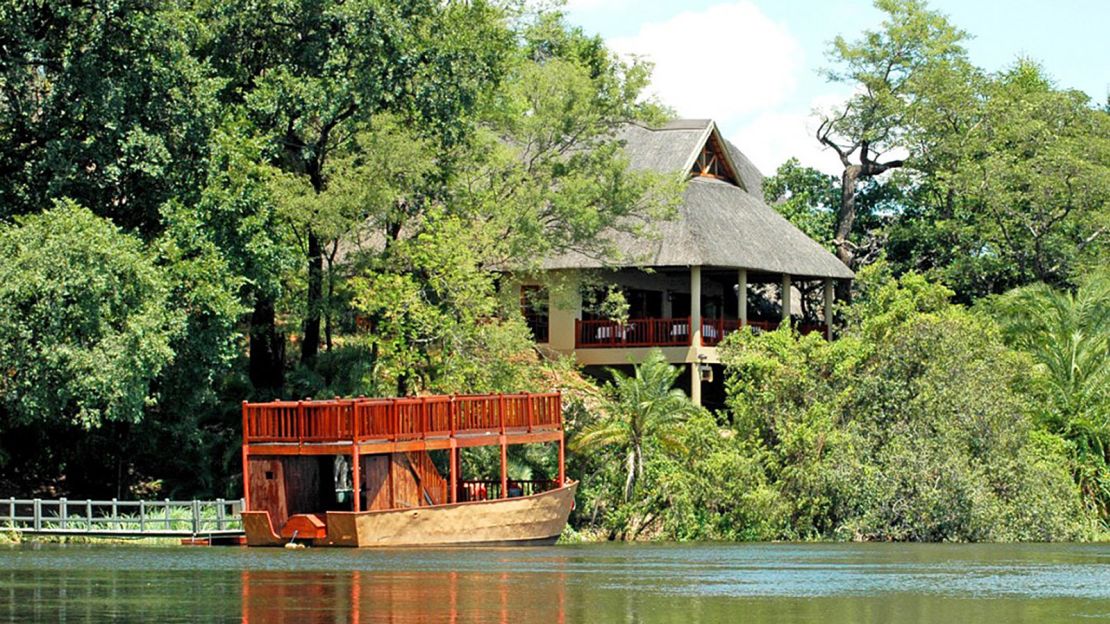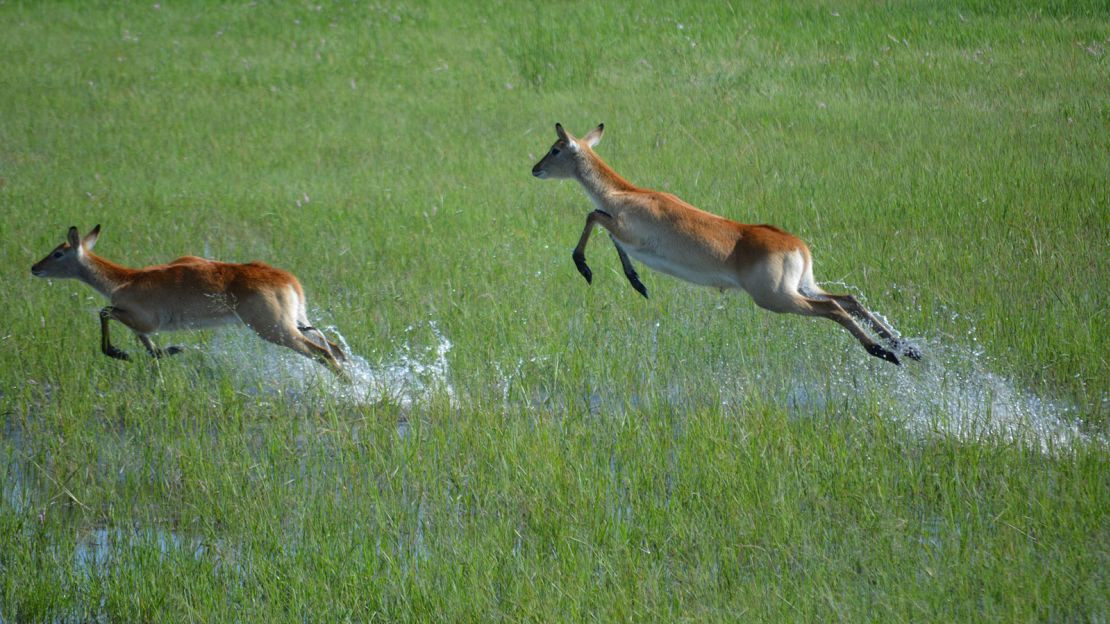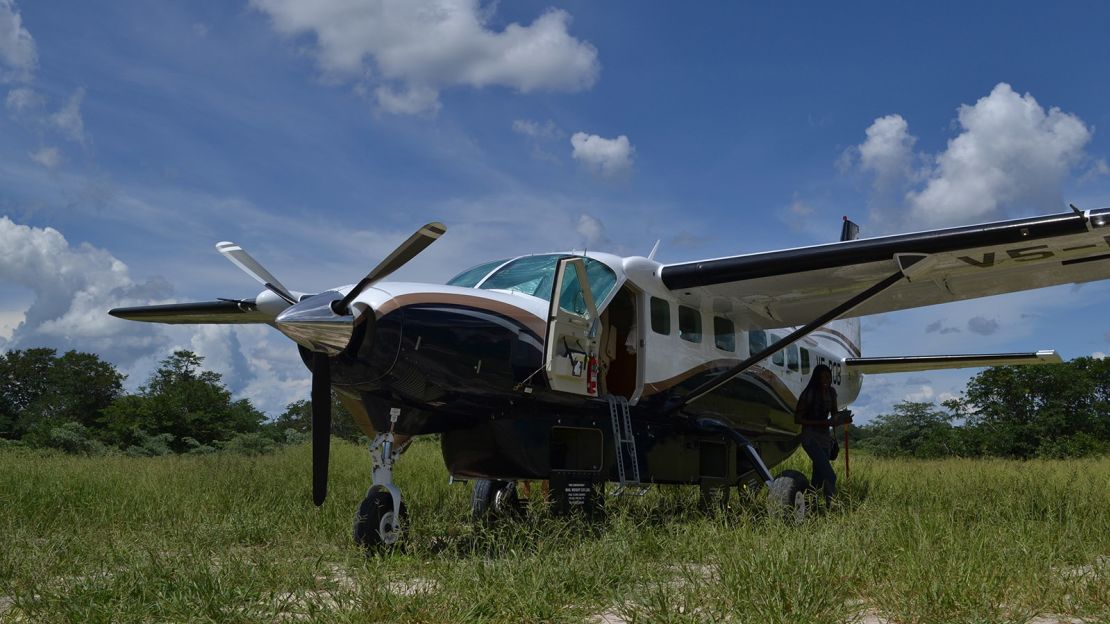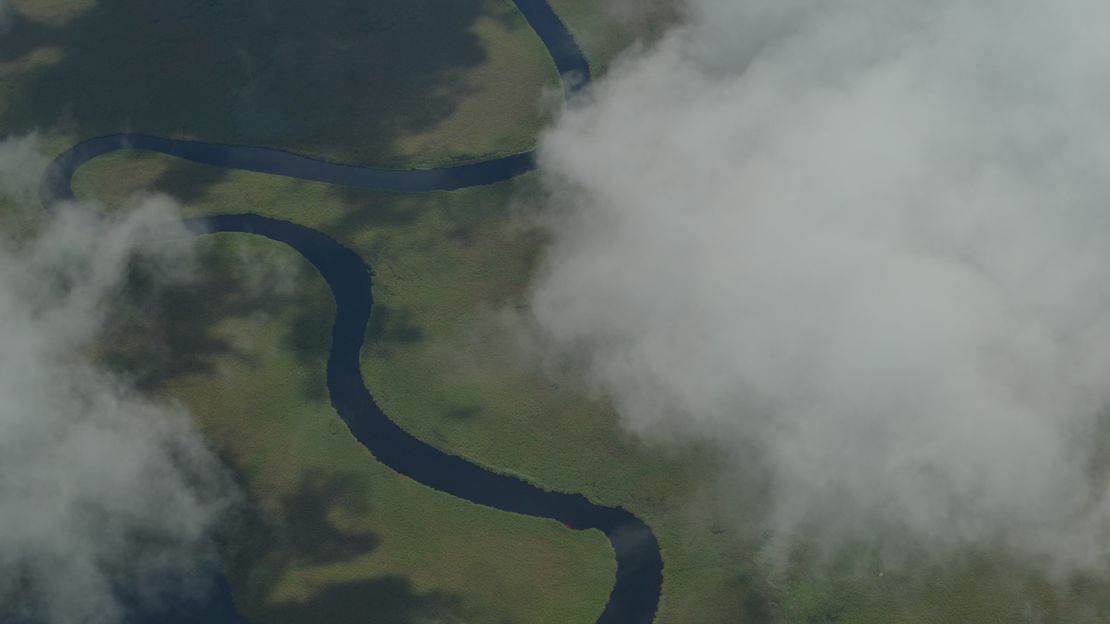Story highlights
Caprivi Strip is a narrow panhandle that separates Botswana and Angola west to east
War pushed away much of its wildlife in the 1970s, but animals have returned since 1990
Less known than other safari areas, Caprivi Strip is growing in popularity for travelers
If there was ever a candidate for an obscure question on a television quiz show, it’s the Caprivi Strip in northern Namibia.
A classic panhandle, the ultra-narrow strip separates Botswana and Angola as it runs 280 miles (450 km) west to east from the main part of Namibia to the Zambezi River on the eastern border.
For much of its length, the Caprivi is only 20 miles (32 kilometers) wide – a narrow extenuation of national sovereignty matched only by the equally obscure Wakhan Corridor in northern Afghanistan.
There’s a good argument to be made that the Caprivi has played a key role in modern pop history: Both Freddie Mercury and a band called Queen may never have existed without the strip’s creation. More on that later.
As a tourist destination, the Caprivi has only recently come into its own. It was off limits to safari seekers and other outsiders during the long border war that once raged in this region,
Its attractions are manifold: copious wildlife, a warren of navigable waterways, several large national parks and very few human residents.
READ: Best places to swim with sharks

The back and beyond
Taking a cue from the popularity of the Okavango Delta just across the border in Botswana, safari camps and lodges are gradually sprouting across the Caprivi.
The lodges are still few and far between, and that’s a large part of the region’s attraction – the Caprivi area allows a feeling of really being off the grid, far removed from modern civilization and all its peccadilloes.
Adding to the region’s utter wildness is the fact that many of the safari camps are unfenced, allowing animals of any spot or stripe to wander onto the grounds any time of day.
“We have a resident hippo we call Oliver who comes out of the water at night and often sits in front of the staff tents,” says Linda Smit, manager at Nambwa Tented Lodge on the Kwando River in Bwabwata National Park.
“And a female leopard who likes to hang out around the swimming pool.”
Like much of the central Caprivi, the lodge sits astride the elephant migration route between eastern Angola and the Okavango.
It’s not unusual for herds of a hundred or more elephants to flow around the camp like a gray river.
“The most I’ve seen at one time,” says Smit, “was a herd of around 700 elephants. We had to raise our arms and scream at them so they wouldn’t run us over.”
Protecting its wildlife
There hasn’t always been so much wildlife here.
During the war that waged through much of the 1970s and 80s between Namibian freedom fighters and the South African military, the Caprivi lost much of its animal population.
MORE: How to save money and avoid crowds while traveling

“Wildlife was scarce in those days,” says Bevan Kanzeka, a wildlife guide at Nambwa who grew up under South African martial law in the Caprivi.
The animals went across the border to Botswana where they couldn’t hear shooting or explosives, he says. “But they started coming back after independence [in 1990] and the numbers continue to grow.”
The Namibian government has gone to great lengths to ensure the animals stay this time via strict anti-poaching rules with squads to enforce those regulations, relocating villages outside of core areas in the national parks, and compensating locals when they lose livestock to predators.
“We have what are called human-wildlife conflict offsets,” says Jonas Hausiku, chief warden of the Mahango Core Area on the Okavango River at the western end of the Caprivi.
If a lion or leopard kills and eats a cow, the government will compensate the owner with $1,500 Namibian dollars.
“For a horse $500, a pig $250, a goat $200 and so on,” says Hausiku. “We try to discourage people from killing predators with compensation even if a lion attacks livestock outside the park.”
Outdoor pursuits
While wildlife is the undoubtedly the region’s main allure for visitors, the Caprivi is also ripe for other outdoor adventures, especially the area along the Zambezi River to the east.
Adrenalin junkies from Windhoek, Namibia’s capital city, are paving the way for jet skiing, sky diving, quad biking and dirt biking in the panhandle.
READ: 20 travel destinations the experts say not to miss

“Our drop zone is an island in the Zambezi River,” says Axel Zirzow, a pilot with Windhoek-based African Profile Safaris, which organizes custom fly-in trips to the Caprivi.
“If you’re good, you land on the island. If not, in the river. And yes there are crocs. But we keep a boat on standby just in case!” says Zirzow.
The quickest way to reach the Caprivi from Windhoek is by flying, an adventure that likely includes a pass over the famed Okavango swamps and landings at remote dirt airstrips in the national parks.
Driving there is also possible, and it’s a journey of around eight hours on the modern, fully-paved Trans-Caprivi Highway.
“Most of our guests are self-drive,” says Smits, who emphasizes that a four wheel-drive is a must for exploring off road, especially during the rainy season (December-March).
“Namibia is the best place in Africa to drive yourself,” says Ernst Scholz of All-African Safaris in Windhoek. “We have a great road system and it’s very safe.”
MORE: 9 not-in-the-guidebook Africa safari tips

Colonial past
Like many African places, the Caprivi Strip was a colonial fabrication, an attempt by the Germans who controlled what was then called Deutsch-Südwestafrika (German Southwest Africa) to establish an overland link with their Tanganyika colony via the Zambezi River.
The panhandle is named for German Chancellor Leo von Caprivi, who brokered the deal to create the Caprivi in 1890.
Caprivi and his mapmakers overlooked one small detail – Victoria Falls – which most definitely interrupted navigation on the Zambezi.
The strip stayed however, ruled by the Germans until after World War One, and then as a South African mandate until 1990.
How does Queen fit into the equation?
In return for granting the Germans control of the region, the British got the island of Zanzibar in East Africa.
The Brits shipped in Indian civil servants to run the island, including the family that gave birth to Farrokh Bulsara. After the family migrated to England in the early 1960s, the boy took and interest in music and eventually changed his name to Freddie Mercury.
Without the Caprivi perhaps there would have never been a Freddie. History does take strange twists and turns.
MORE: 31 beautiful sights on this incredible planet
Joe Yogerst is a freelance travel, business and entertainment writer based in California.









